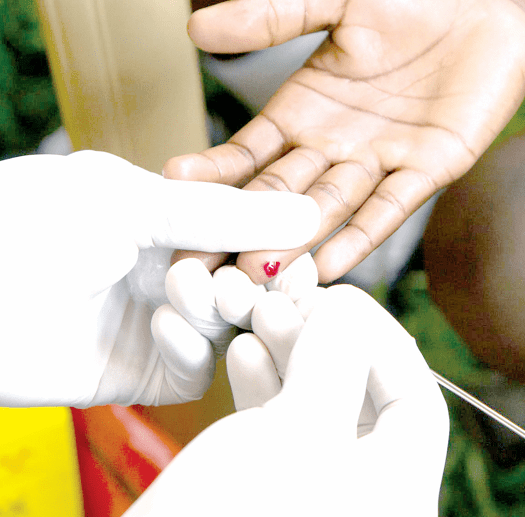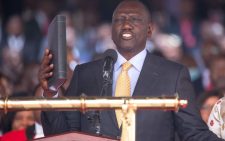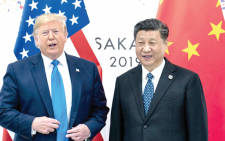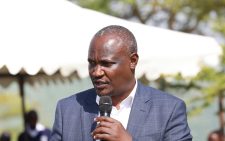Kenya must bridge staffing gaps to realize 2030 medical tourism vision – KUCCO chairman
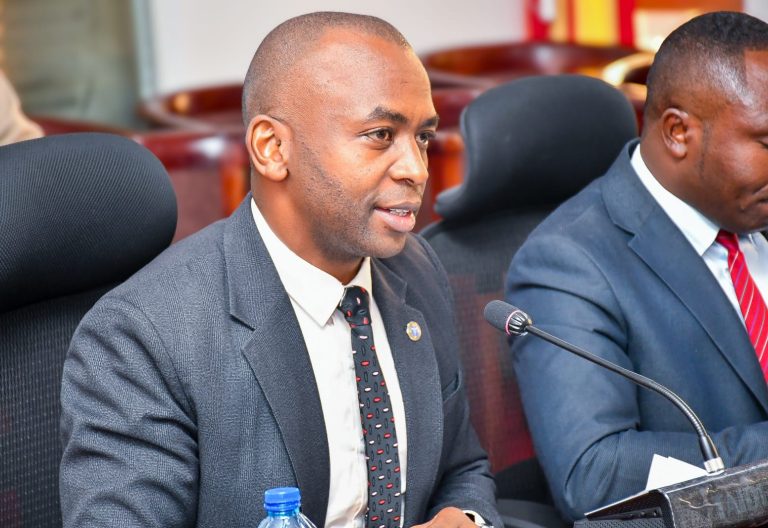
Kenya’s aspiration to become a premier medical tourism destination in Africa by 2030 faces a significant challenge a shortage of specialized healthcare professionals.
Speaking during an interview with a local radio station, National Chairman of the Kenya Union of Clinical Officers (KUCO) Peterson Wachira pointed out that achieving Kenya’s Vision 2030 goal of becoming a medical tourism hub requires a foundational step ensuring an adequate number of healthcare workers to meet current demands and facilitate further specialization.
Kenya Vision 2030 outlines a strategic plan to position the country as a hub for specialized medical services, aiming to attract patients from across the continent. The blueprint emphasizes the development of specialized hospitals and the training of healthcare professionals to provide high-quality services.
Vision 2030’s healthcare pillar
Kenya Vision 2030 outlines a strategic plan to position the country as a hub for specialized medical services, aiming to attract patients from across the continent. The blueprint emphasizes the development of specialized hospitals and the training of healthcare professionals to provide high-quality services.
Wachira pointed out that achieving this vision requires a foundational step: ensuring an adequate number of healthcare workers to meet current demands and facilitate further specialization.

“We must ensure we have an adequate number of healthcare workers. This way, there will be enough staff to care for patients while others can be sent for training to specialize and sub-specialize,” Wachira stated.
Support for medical tourism
The push for medical tourism has received backing from Kenya’s leadership. In March 2020, President Uhuru Kenyatta highlighted the potential of positioning Kenya as a regional healthcare hub, noting the country’s existing appeal to patients from neighbouring nations.
He emphasized the importance of delivering quality health services to achieve Universal Health Coverage, a key component of Vision 2030.
Similarly, in May 2024, former Tourism Cabinet Secretary Alfred Mutua unveiled a strategy to market Kenya as Africa’s leading medical tourism hub. The plan includes enhancing patient experiences, offering affordable medical care, and establishing international protocols to ensure global standards in healthcare delivery.

Despite these initiatives, the shortage of specialized healthcare workers remains a pressing issue. Wachira emphasized that without a sufficient workforce, the country’s medical tourism ambitions could be compromised. He called for immediate action to recruit and train more healthcare professionals, ensuring that the existing staff can manage current patient loads while others pursue specialized training.
To realize its Vision 2030 goals, Kenya must prioritize the development of its healthcare workforce. This includes investing in training programs, improving working conditions, and implementing policies that retain skilled professionals within the country. By addressing the staffing gaps, Kenya can strengthen its healthcare system and position itself as a leading destination for medical tourism in Africa.
As Wachira aptly noted, the journey to becoming a medical tourism hub is not solely about infrastructure and technology; it’s fundamentally about people. Ensuring a well-trained and adequately staffed healthcare sector is essential for providing quality care to both local and international patients.


